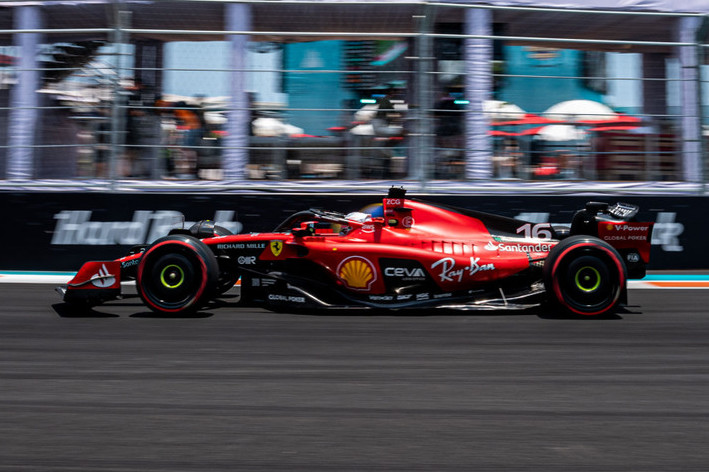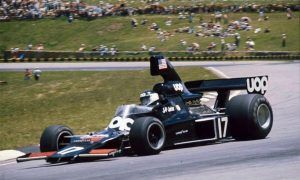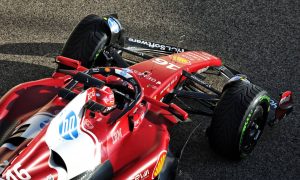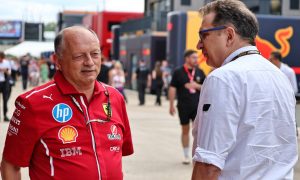
Ferrari says the main focus of its SF-23 development programme is to field a less "peaky" and "more benign" car for Charles Leclerc and Carlos Sainz.
Last weekend's Miami Grand Prix marked the start in earnest of Ferrari's upgrade cycle for its SF-23 car.
Ahead of the fifth round of its 2023 campaign, the Italian outfit rolled out its contender fitted with a new floor body designed to improve the car's overall aerodynamic performance and efficiency, but also to instill a "more benign" behaviour for its drivers out on track.
Unfortunately, Leclerc's crash in Q3 set up the Scuderia charger for a challenging Sunday, while Sainz who qualified third rued a package that offered him "zero flexibility" in terms of tyre management.

©Ferrari
The pair finished the race P7 and P5 respectively, but both drivers felt their car suffered from a lack of consistency, a characteristic that the Scuderia is precisely trying to iron out with its upgrades according to senior Ferrari performance engineer Jock Clear who is also Leclerc's driver coach.
"With a new aero package over the winter, we've taken a while to find the set-up," Clear explained.
"This floor contributes to getting the car in a better window, as the drivers were reporting earlier it is peaky.
"We need to get rid of some of that peakiness. That's probably the main focus at the moment, to make the car a bit more benign so the drivers have a bit more confidence."
Ferrari will continue to deliver updates – including track specific changes – to its car over the course of F1's upcoming Imola-Monaco-Barcelona triple header.
But as the Scuderia's engineers seek to develop a more predictable car, Clear underscored the critical importance of the new floor's interaction with the SF-23's rear wing and its tyres, especially in the wake of the FIA's decision to raise the floor on F1's cars by 15mm for 2023.
"The height of the floor relative to the ground is a huge influence on the whole package of downforce," Clear explained.
"You generate so much downforce on the floor and the rear wing, but they're interconnected. So, that's the area of most people's development.

©Ferrari
"The section just ahead of the rear wheel, where you're controlling the flow that goes either outside the wheel or inside the wheel and therefore into the diffuser area.
"The changes are quite subtle… but actually, in aerodynamic terms, they're quite powerful.
"It's just a response to the feedback we've had from the drivers through the first four races of the year in where the car is deficient."
"You can move the air around slightly… so give the driver a more consistent balance through medium-speed, high-speed, low-speed, and braking and entry and then exit.
"All those areas where the floor is moving around a lot, we can try and make the car a bit more benign. That makes it more predictable for the driver."
Keep up to date with all the F1 news via Facebook and Twitter







